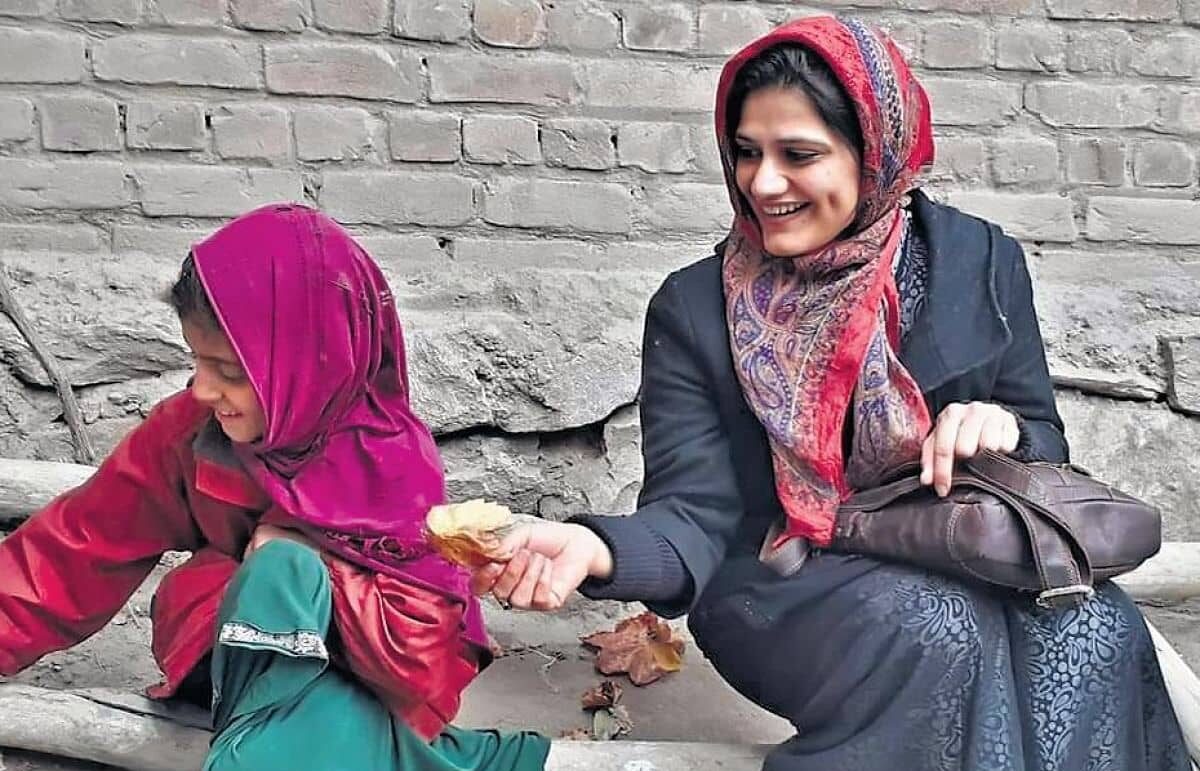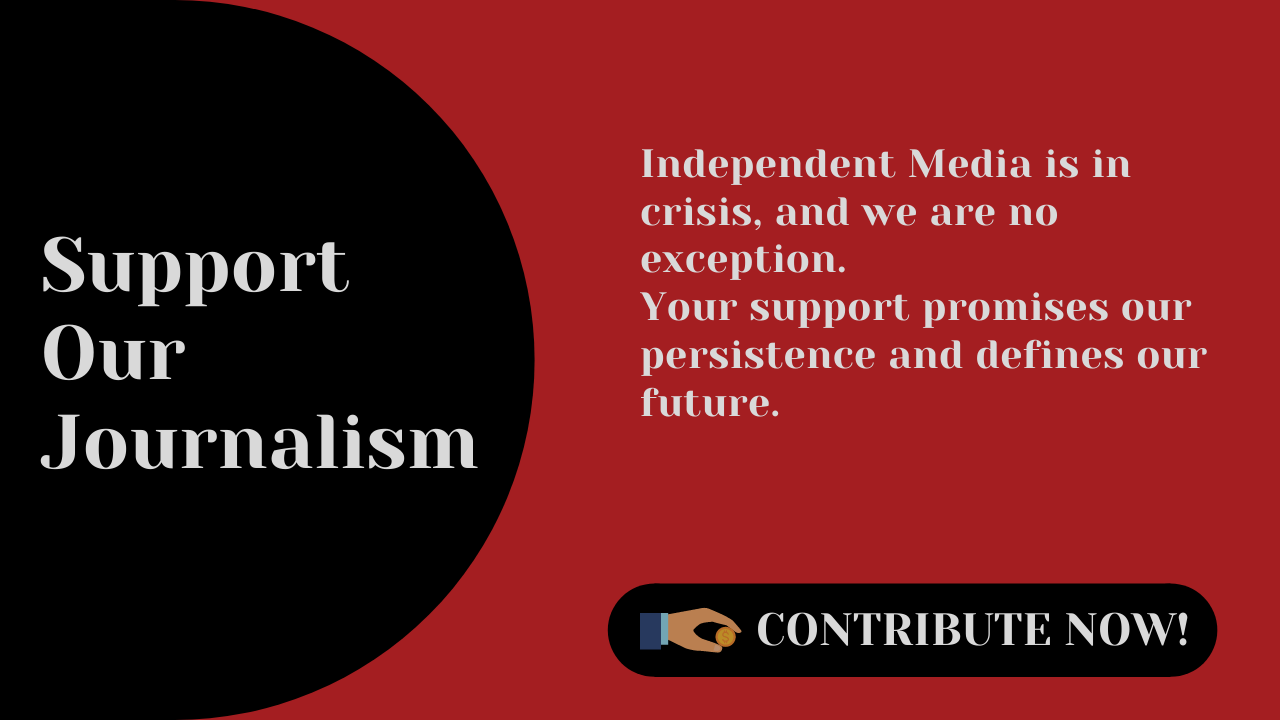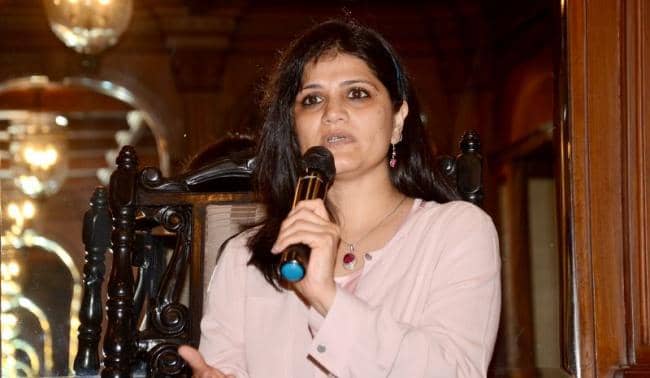‘People Are Tired of Militarization’: In Conversation with Meha Dixit

Basit Parray is a trainee staff writer at the Mountain…
In Srinagar’s media and academic circles, Meha Dixit is no random researcher. The erudite and eloquent lady with Indic features is an old fixture in the city of seven bridges where she first arrived as a rookie on the heels of the 2010 upheaval. A decade later, Dixit has come of age, with her Piece of War — the narratives of resilience and hope.
On October 17, she released her book, in Kashmir Press Club, documenting her decade-long travel to different conflict zones across the world including Kashmir.
“I’ve been coming to Kashmir over a decade now,” Dixit said. “I’ve travelled to different areas, LoC [Line of Control] and IB [International Border].”
The crux of the book, according to the author, is to look at war or conflict through the eyes of people. Although Dixit mentions violence and suffering, she essentially talks about how people in conflict zones are finding hope and are able to build resilience.
The book was published last year but due to the pandemic, it got postponed. “If you read it,” she said, “you’ll get to know that I’ve spoken thousands of people in the valley.”
In a freewheeling interview with Mountain Ink, the author-researcher talks about the human lens with which she has chronicled conflicts.
Support Our Journalism
You are reading this because you value quality and serious journalism.
But, serious journalism needs serious support. We need readers like you to support us and pay for making quality and independent journalism more vibrant.

Before capturing conflict in a tome, how was your decadal tryst with it?
Well, my area of work is civil and armed conflict and I started working on it soon after doing my PhD in International Politics from JNU, New Delhi. I taught briefly at Kashmir University, worked with Amnesty International and executed various projects including Save the Children for UNICEF in the valley.
But during this last decade, I’ve mainly done field research in many conflict zones including the Middle East, Africa and South Asia. Africa was the first place I visited.
I got more interested and wanted to know about the human aspect of conflict and the repercussions it has on the people. I’ve also done research in Maoist hit areas including Orissa, Chhattisgarh and some parts of Andhra Pradesh. I’ve spent some time there and seen the repercussions on the tribal society.
I’ve also interviewed Pakistani prisoners in different jails in Jammu, Amritsar and Gujarat, to understand whether they’re getting free legal aid — because many inmates were mentally unstable. I’ve gone to refugee shelters in Syria as well.
During your Kashmir research trip and time, how did you recognize and record the conflict?
As someone coming to Kashmir for over a decade now, I look at the human consequence of the conflict. But then, we know how there exist two narratives of Kashmir in media.
One is the narrative of “Azadi” which essentially focuses on the Kashmiri Muslims and the second is the narrative of Kashmiri Pandits blaming their brethren for their exodus from the valley.
I don’t see it just like that.
As someone who has talked to both the majority and the minority, I can tell you they’ve their own views on Kashmir. While Pandits blame Pakistan for the Kashmir conundrum, Muslims want to be independent.

But what I’ve unanimously noticed is that the people of Kashmir want demilitarization. They’re tired of militarization and the draconian laws. There’s a lot of anxiety because of these martial methods in the region. Even Kashmiri Pandits have been made to bear the brunt of these things in the valley.

Alright. Coming to your book, what essentially does it try to reveal?
Well, it reveals the war and conflict through the eyes of people. I’ve used people’s voices and very little jargon and talked about violence and suffering and despair and the repercussions of war on humans.
Ultimately, my focus was despite all this how people survive, how they’re able to find hope and resilience.
Since you’ve been shuttling between different conflict zones in the world, what difference did you find between conflicts in Kashmir and the Middle East?
The major difference is the magnitude of militarization which is comparatively huge in Kashmir. As someone who has been to the Middle East, I haven’t seen this kind of militarization there.
While Kashmiris often draw analogies with Palestine, the fact is there’re a lot of heavy prisons in the valley than in Palestine.
The other difference is that India is adamant in recognizing Kashmir as a dispute. New Delhi also bars any third-party mediation in it. But when there is an uprising against the excesses of the state, it really snowballs and more and more countries join in and it becomes chaotic.
Being a conflict chronicler, do you think that most conflicts have been or are religious in nature?
Well, this is untrue. Many conflicts in the world have not been religious; some are ethnic, economic and territorial conflicts.
I feel when the conflict is based on religion, the politicians and people in power use this for their own gains, where they divide two communities and the sentiment of religion is so strong that it becomes very chaotic and ugly.
There’s a rise of religious fundamentalism in the Middle East and South Asia. It’s not based on just one religion. There’s a rise of Hindu fundamentalism in India as well. So when it comes to religion people are very sensitive and emotions are high and it often turns into prolonged conflict.
Mountain Ink is now on Telegram. Subscribe here.
Become Our Ally
To help us strengthen the tradition of quality reading and writing, we need allies like YOU. Subscribe to us.
Basit Parray is a trainee staff writer at the Mountain Ink. He is a bachelor's student of Journalism & Mass Communication at the Cluster University, Srinagar.










